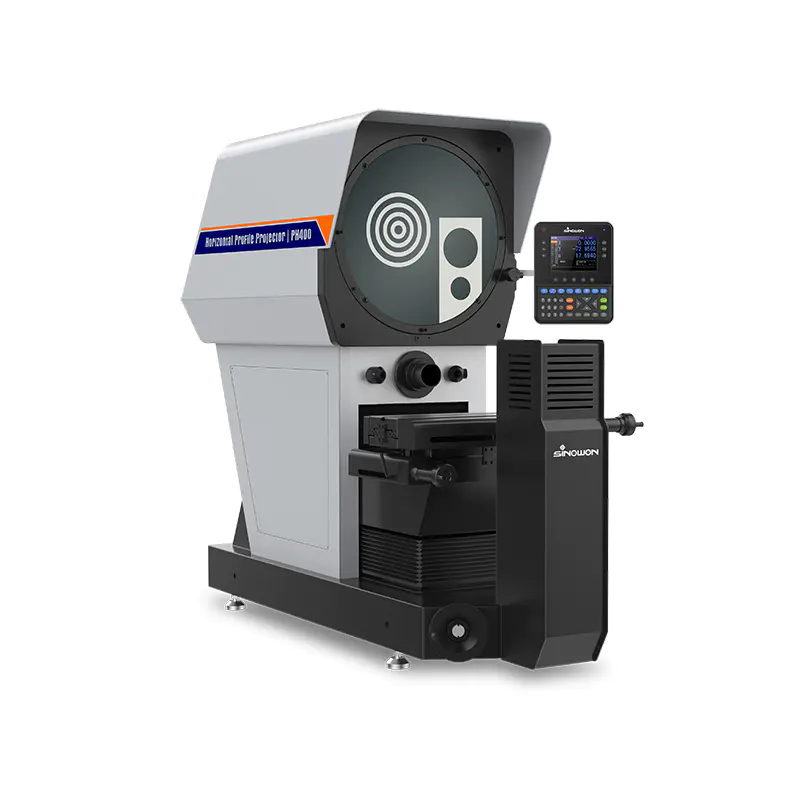Optical inspection instruments have become invaluable tools in modern manufacturing, offering advanced capabilities for quality assurance and process optimization. These cutting-edge instruments utilize optical technology, including cameras, lenses, lighting, and image processing software, to inspect and analyze products or components for defects, deviations, or inconsistencies. In this article, we will explore how vision measurement systems manufacturers are enhancing quality assurance in manufacturing processes and driving improvements in product quality and overall operational efficiency.
- Detecting Defects with Precision: Optical inspection instruments offer high precision and accuracy in detecting defects or deviations in products or components. These instruments use high-resolution cameras and advanced optics to capture detailed images or data of the items being inspected. The images or data are then processed using sophisticated algorithms and image analysis techniques to detect defects or deviations with precision, minimizing false positives or false negatives. This level of accuracy ensures that only products or components meeting the defined quality criteria are accepted, reducing the chances of defective items reaching the end-users.
- Real-time Inspection for Immediate Feedback: Optical inspection instruments provide real-time inspection capabilities, allowing for immediate feedback and corrective action during the manufacturing process. These instruments can quickly analyze and process images or data captured from the products or components being inspected, providing instant results or feedback to the operators or control systems. Real-time inspection helps in identifying and rectifying defects or deviations in the early stages of production, preventing the production of defective items and reducing rework or scrap costs. Real-time inspection also enables prompt adjustments or optimizations in the production process to ensure consistent product quality.
- Non-destructive Testing for Product Integrity: Optical inspection instruments offer non-destructive testing capabilities, allowing for thorough inspection of products or components without damaging or altering them. These instruments use non-contact methods, such as cameras and sensors, to capture images or data without physically touching the items being inspected. This non-destructive testing approach eliminates the need for destructive testing methods, such as physical probing or sampling, which can damage or alter the products or components. Non-destructive testing with optical inspection instruments ensures that the integrity and functionality of the products or components are maintained, while still ensuring high-quality inspection results.
- Flexibility for Diverse Applications: Optical inspection instruments are highly versatile and flexible, making them suitable for a wide range of products, components, or production processes. These instruments can be easily customized or configured to accommodate different product types, sizes, shapes, or inspection requirements. They can inspect various attributes, such as dimensions, shapes, colors, textures, patterns, or surface defects, depending on the specific application or industry. Optical inspection instruments can be integrated into different stages of the production process, including incoming inspection, in-process inspection, and final inspection, to ensure comprehensive quality control throughout the manufacturing process.
- Improved Process Efficiency: Optical inspection instruments contribute to improved process efficiency in manufacturing by reducing inspection time, eliminating manual inspection errors, and optimizing production processes. These instruments can inspect products or components at a high speed and with high accuracy, significantly reducing the time and effort required for manual inspection. They can also detect defects or deviations that may not be easily visible to the human eye, reducing the chances of manual inspection errors. By providing real-time feedback and enabling prompt adjustments or optimizations in the production process, optical inspection instruments can also help in identifying and resolving process inefficiencies or bottlenecks, leading to improved overall process efficiency.
- Cost-effective Quality Control: Optical inspection instruments offer cost-effective quality control solutions compared to traditional inspection methods. While the initial investment for optical inspection instruments may be higher, the long-term benefits, including reduced scrap costs, rework costs, and customer returns, outweigh the initial investment. Optical inspection instruments also help in preventing costly product recalls, warranty claims, or reputation damage due to defective products reaching the
